Quick Bits: Oakland stands on the east side of San Francisco Bay. It’s the beating heart of California’s East Bay region. This city carries layers of culture, history, and...


Quick Bits: Oakland stands on the east side of San Francisco Bay. It’s the beating heart of California’s East Bay region. This city carries layers of culture, history, and...
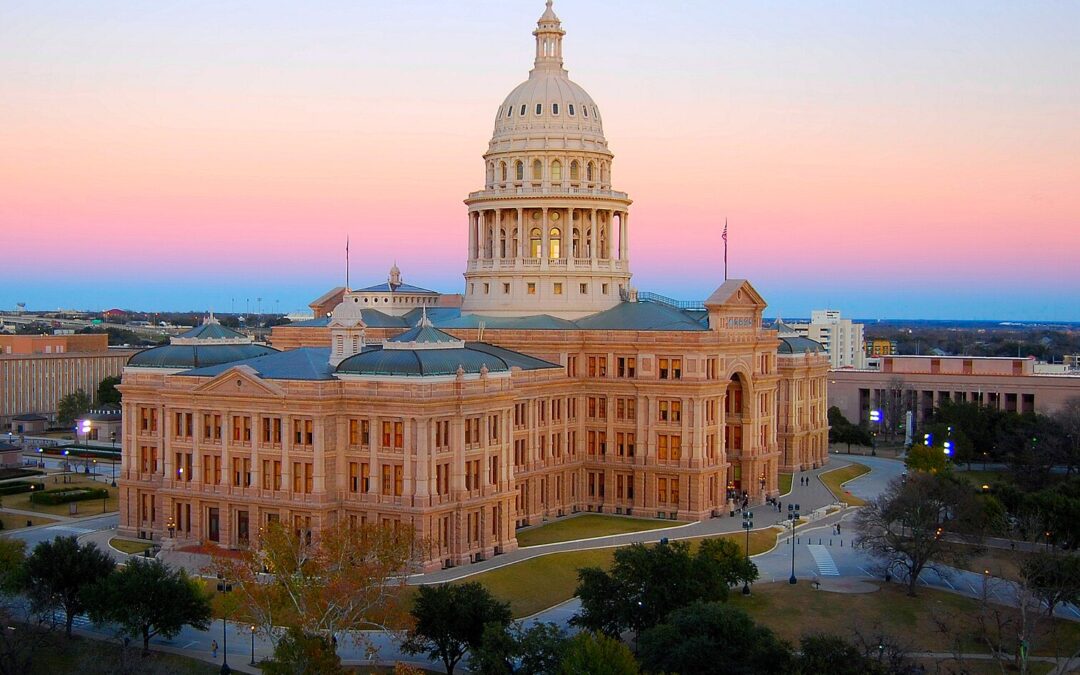
Quick Bits: Austin, the capital of Texas, stands out for its bold blend of nature, creativity, and enterprise. Known as the “Live Music Capital of the World,” this city pulses...
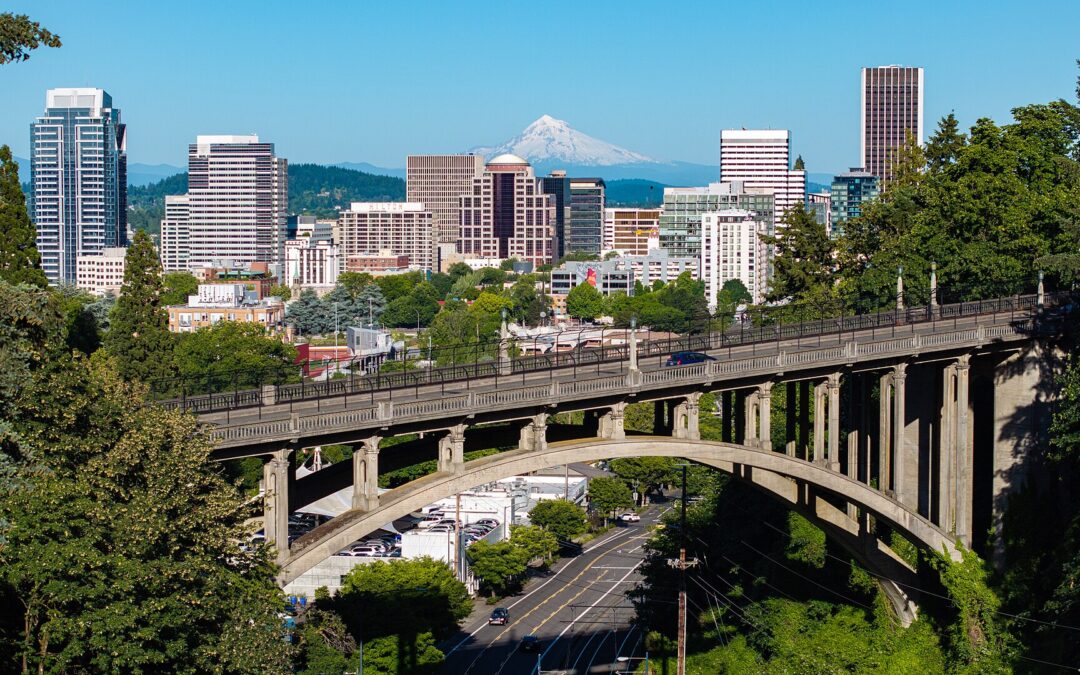
Quick Bits: Portland, Oregon is a city that doesn’t try to impress with flash. It wins hearts through soul. Set between the Columbia and Willamette Rivers, this lush city is...
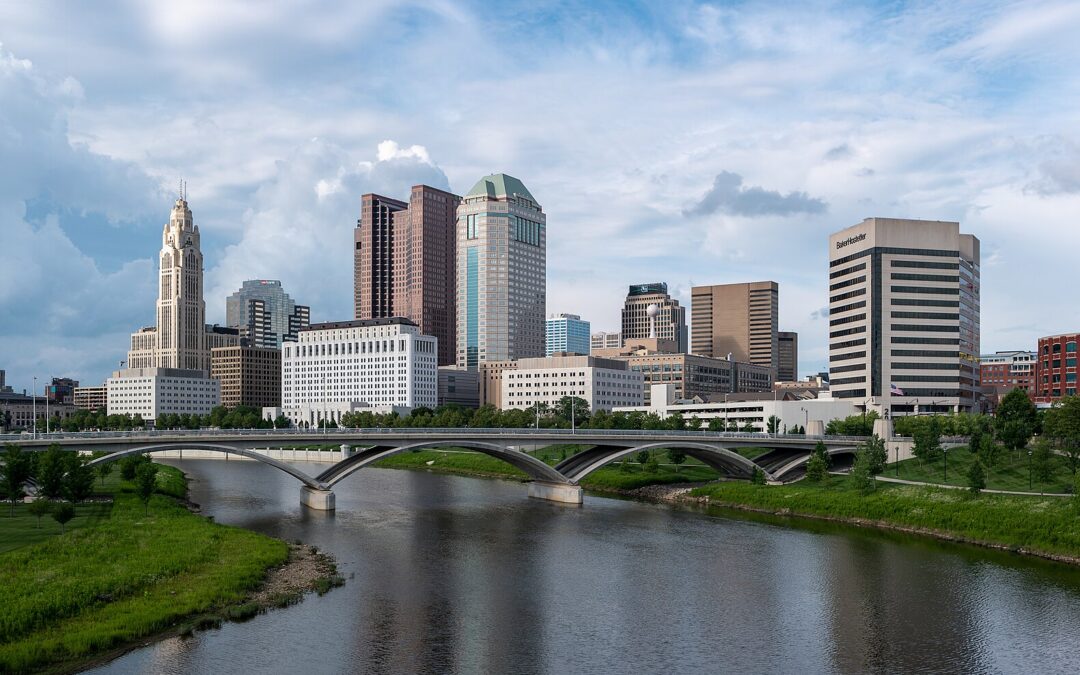
Quick Bits: Columbus stands tall as the capital of Ohio and the most populous city in the state. Beyond its status as a government hub, it brims with energy from its youthful...
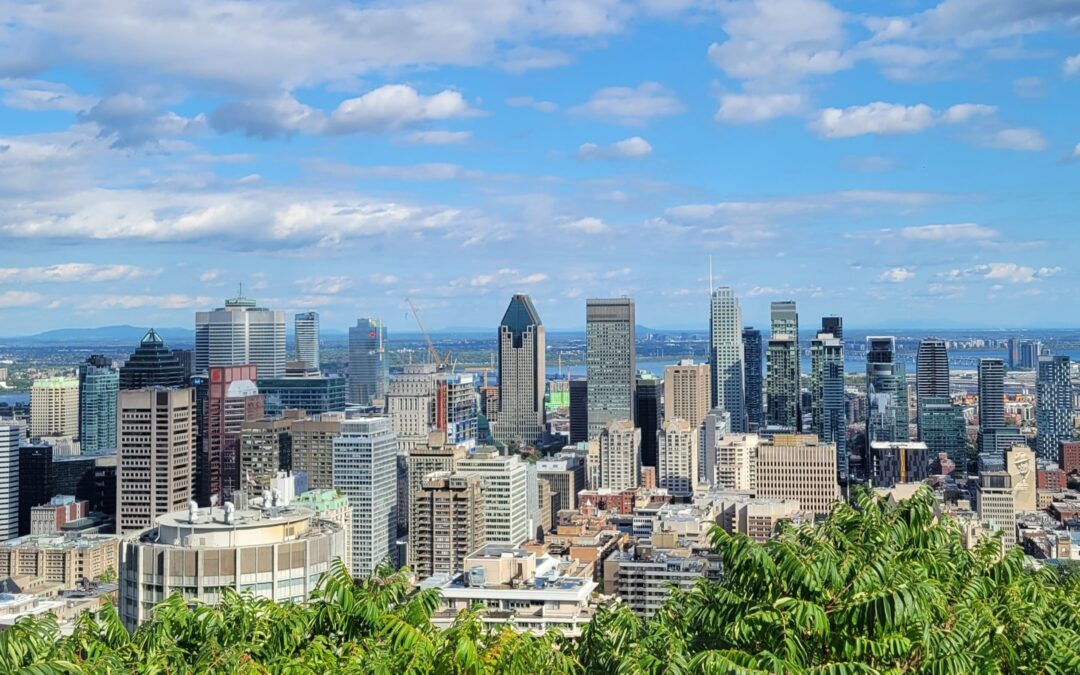
Quick Bits: Montréal is a city that dances to the rhythm of creativity and culture. As the largest city in Québec and the second-largest in Canada, it offers a magnetic pull for...

Quick Bits: Mexicali stands as the capital city of Baja California, Mexico. It borders Calexico in California, forming part of the larger California-Mexico binational region....
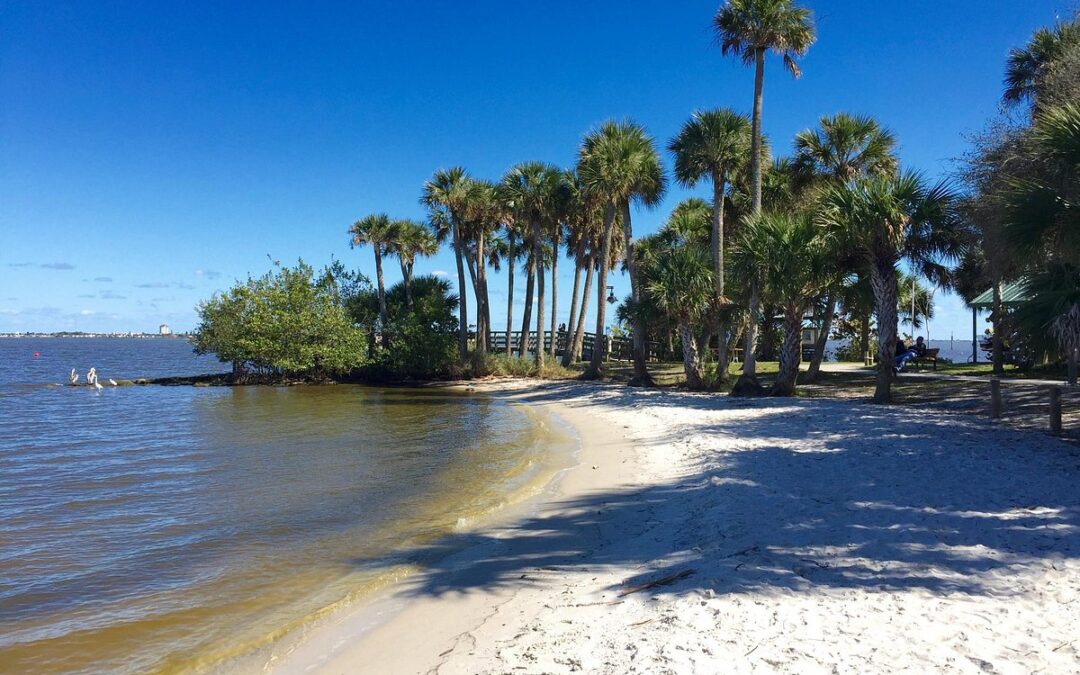
Quick Bits: Palm Bay lies along Florida's eastern coastline in Brevard County. With its tranquil setting, rich ecological diversity, and welcoming neighborhoods, it’s a...
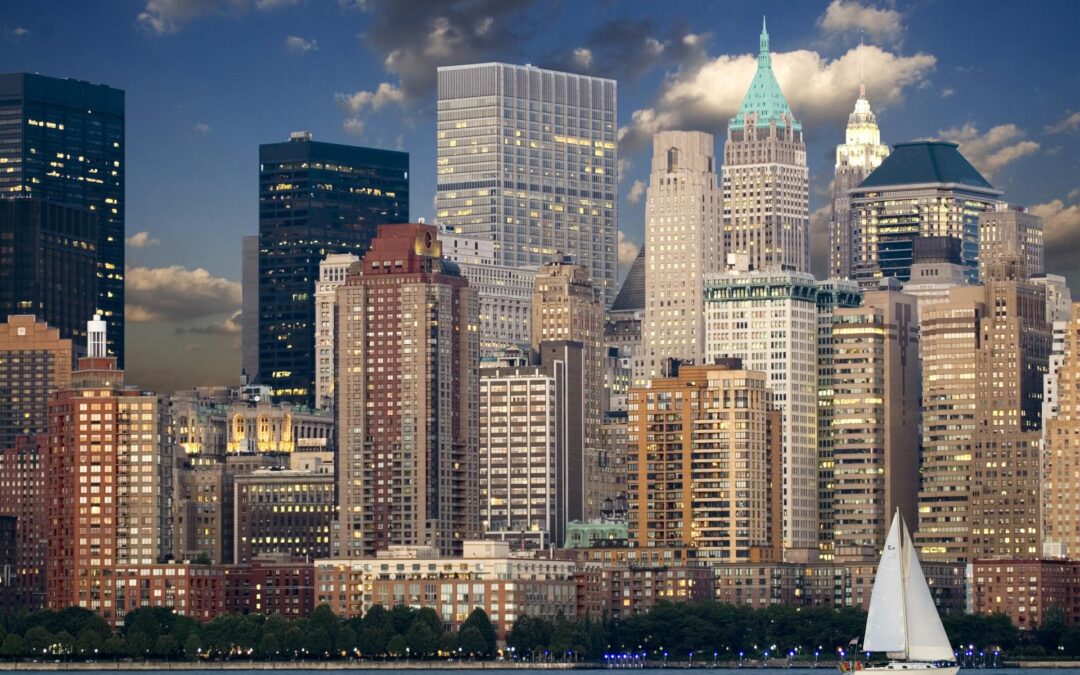
Quick Bits: Manhattan beats like the vibrant heart of New York City. It’s a name that conjures images of towering skyscrapers, yellow taxis, and the never-sleeping buzz of the...
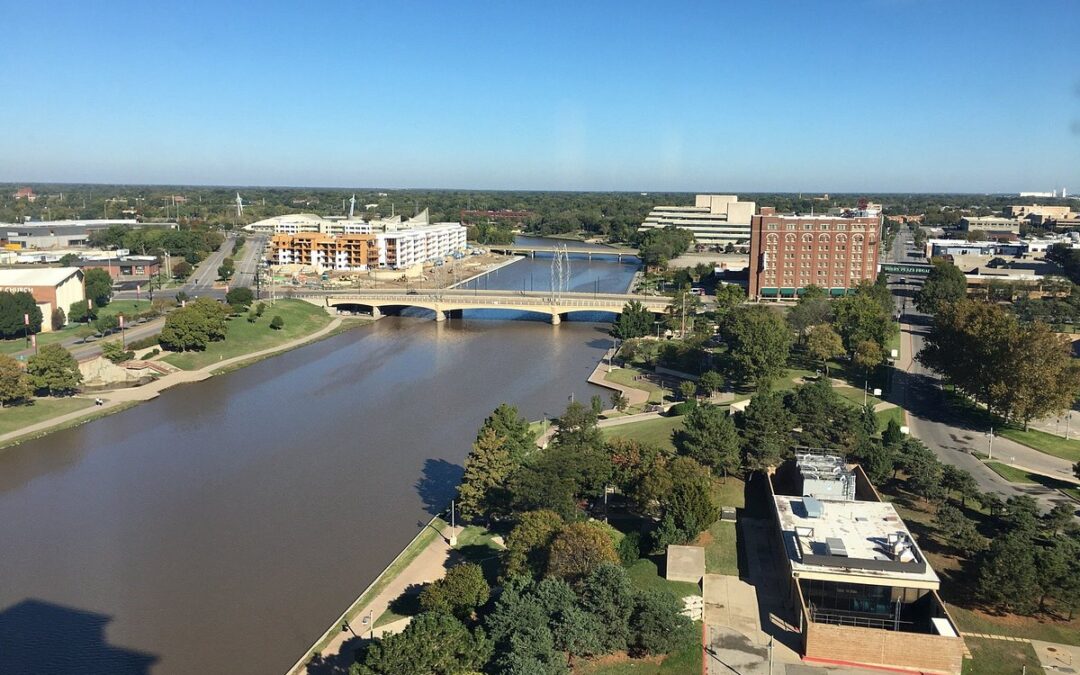
Quick Bits: Wichita stands as a proud city nestled in the heart of Kansas. Known historically as the “Air Capital of the World,” it carved a niche in the aviation industry....
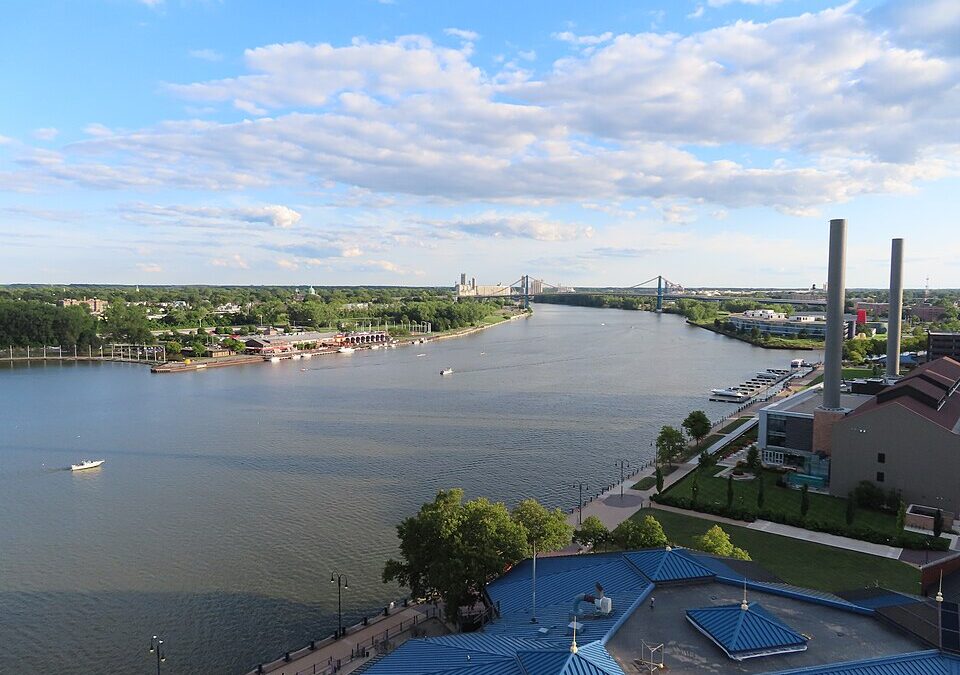
Quick Bits: Toledo sits proudly in northwest Ohio near Lake Erie. It shines as a spirited city with a strong industrial past and a vibrant present. Known as the "Glass City," it...

Quick Bits: Chandler stands as one of Arizona's most progressive cities. Once a sleepy agricultural town, it now thrives as a hub for technology and innovation. From...
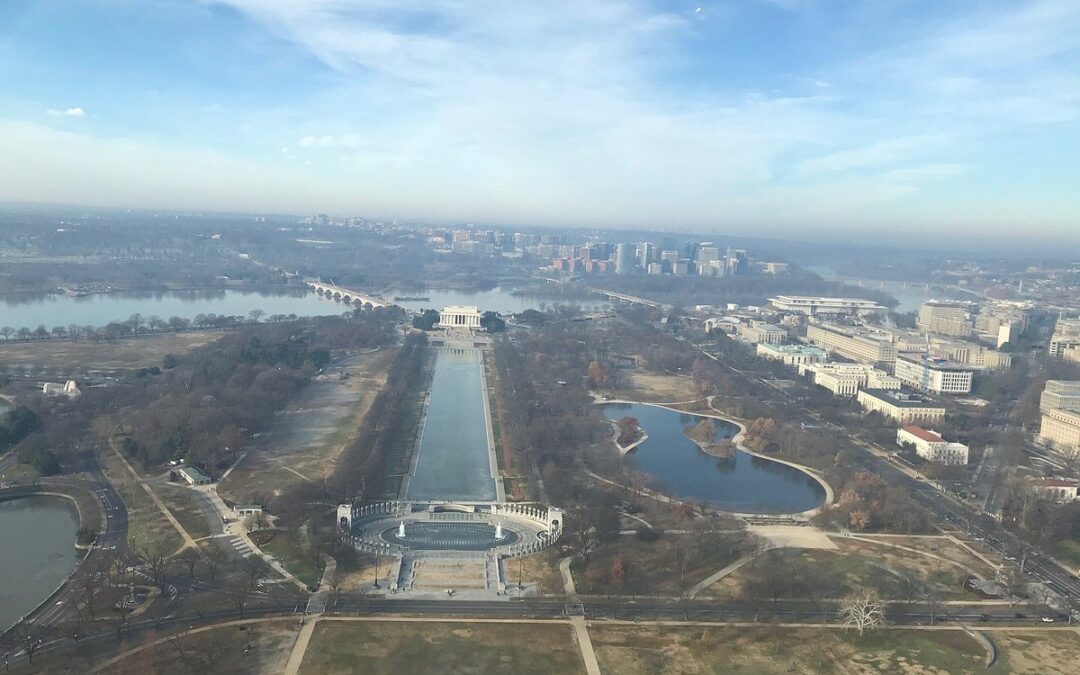
Quick Bits: Augusta, a gem in eastern Georgia, blends Southern elegance with a calm riverfront life. Known across the world for the prestigious Masters Golf Tournament, this city...
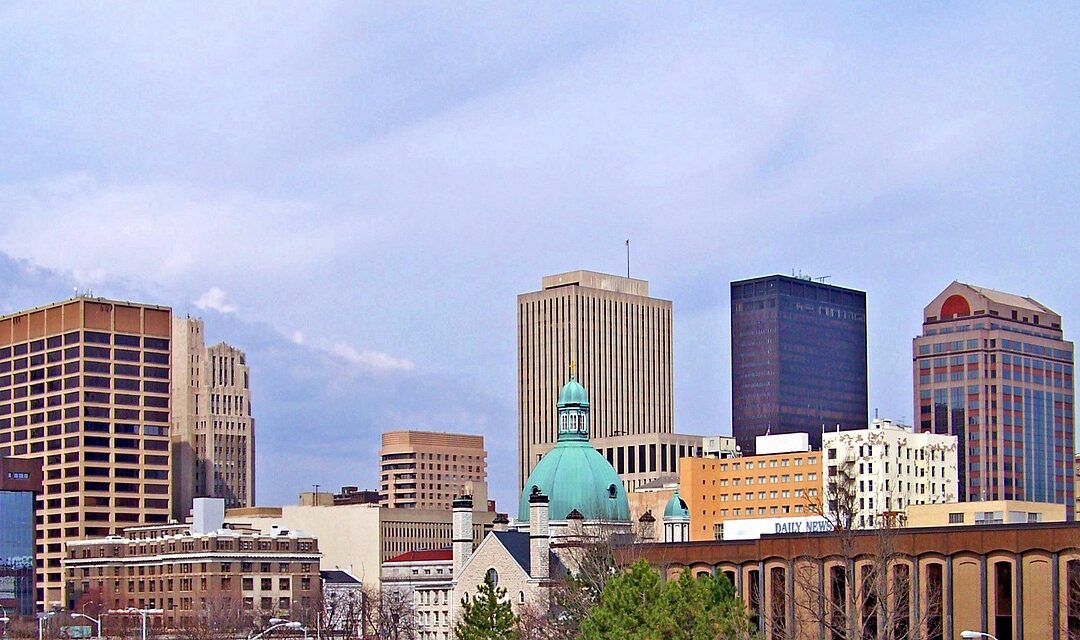
Quick Bits: Dayton lies in the heart of Ohio. Known as the birthplace of aviation, it has long embraced innovation, creativity, and progress. From the Wright brothers' legacy to...

Quick Bits: Pachuca, known as "La Bella Airosa" (The Windy Beauty), sits in a narrow valley surrounded by the Sierra de Pachuca. With roots tracing back to the Toltecs, this city...
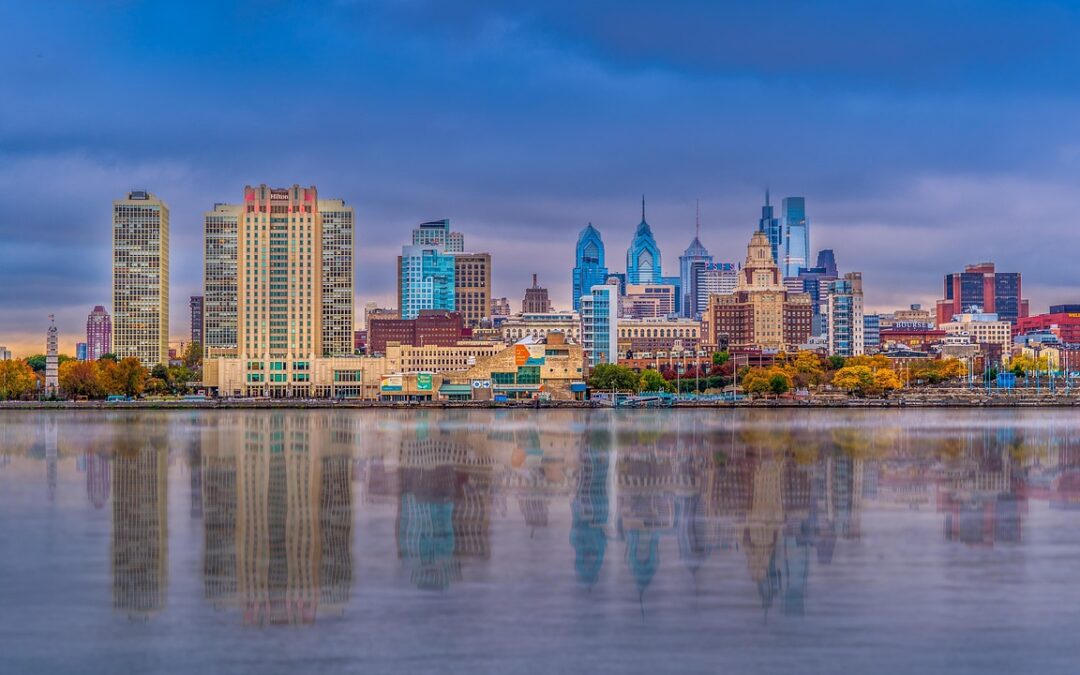
Quick Bits: Philadelphia, often known as “Philly,” is one of the oldest and most storied cities in the United States. It was the nation's first capital and played a central role...

Quick Bits: Columbia is a country rich in landscapes, culture, and history. It is known for its coffee, beaches, mountains, and vibrant cities. The country offers a perfect mix...
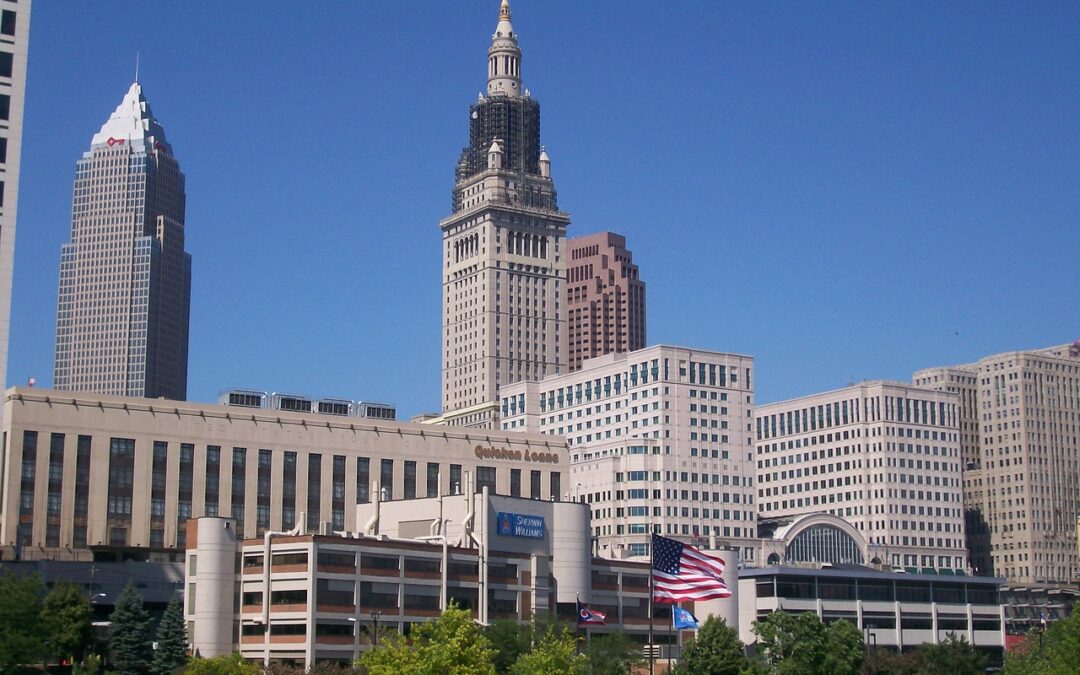
Quick Bits: Cleveland is a city with a rich industrial past and a vibrant cultural scene. It is home to the Rock & Roll Hall of Fame and the Cleveland Museum of Art, offering...
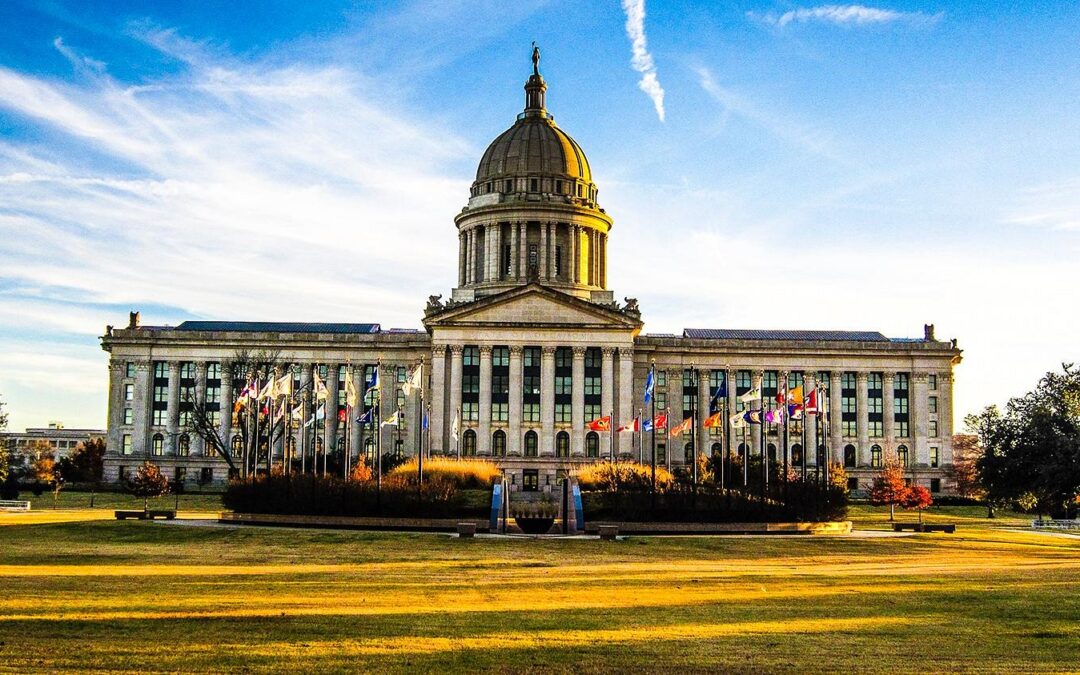
Quick Bits: Oklahoma is home to over 4 million people and is known for its deep Native American heritage and vibrant cowboy culture. The state features diverse landscapes,...
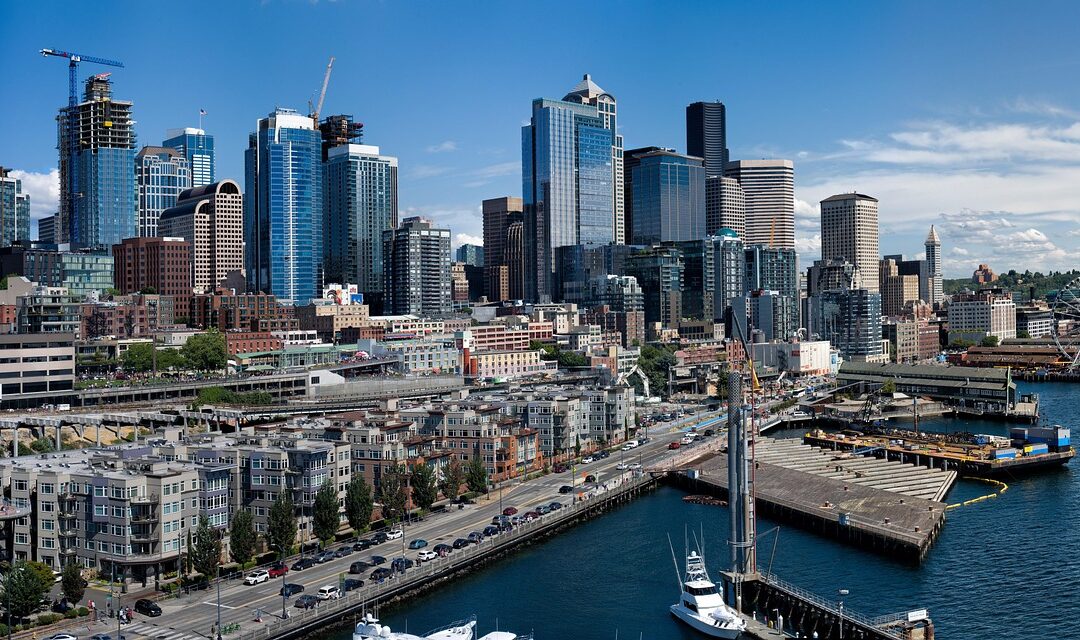
Quick Bits: Seattle, Washington, is a dynamic city known for its innovation, coffee, and scenic landscapes. As a cultural and economic powerhouse of the Pacific Northwest, it...
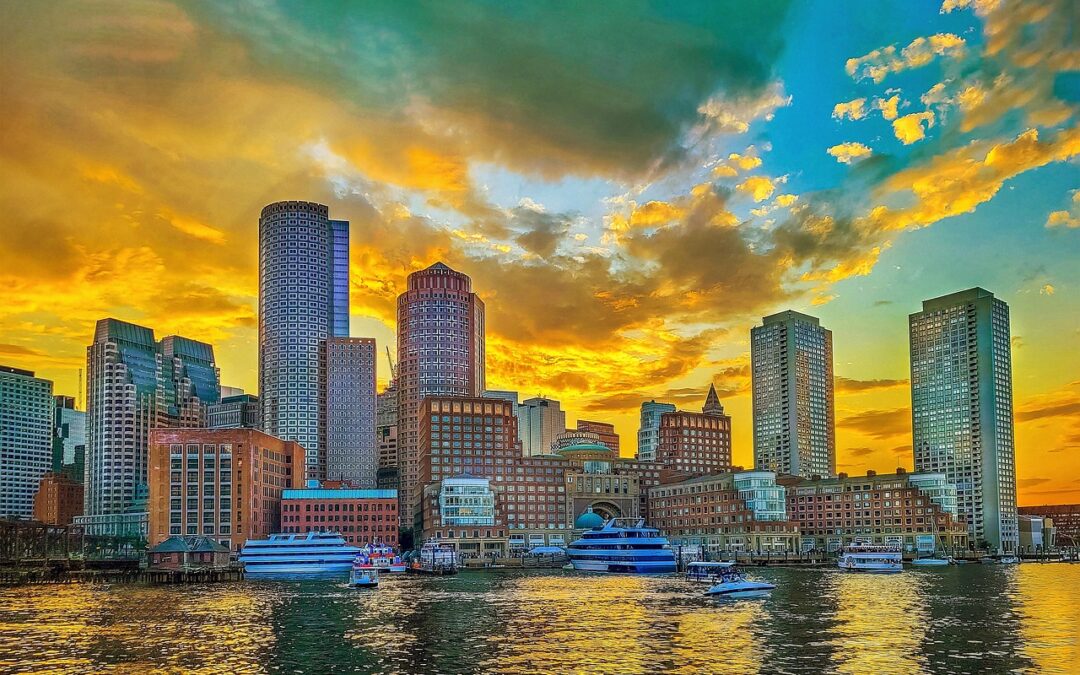
Quick Bits: Boston is one of the most historic cities in the United States. It blends colonial heritage with modern energy. Cobblestone streets, red-brick buildings, and...